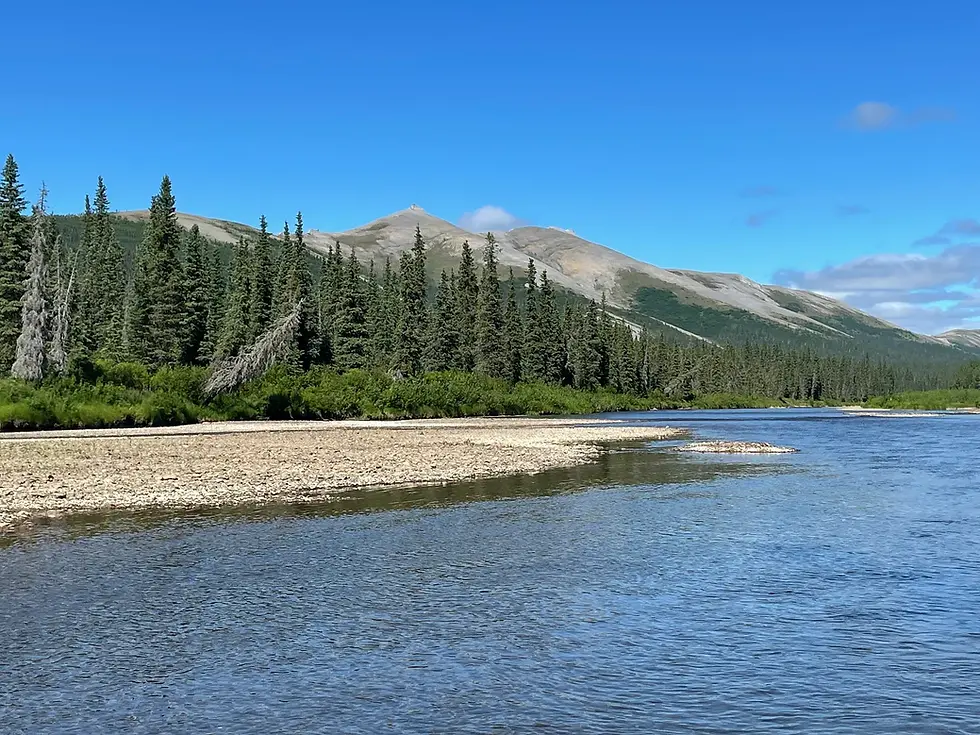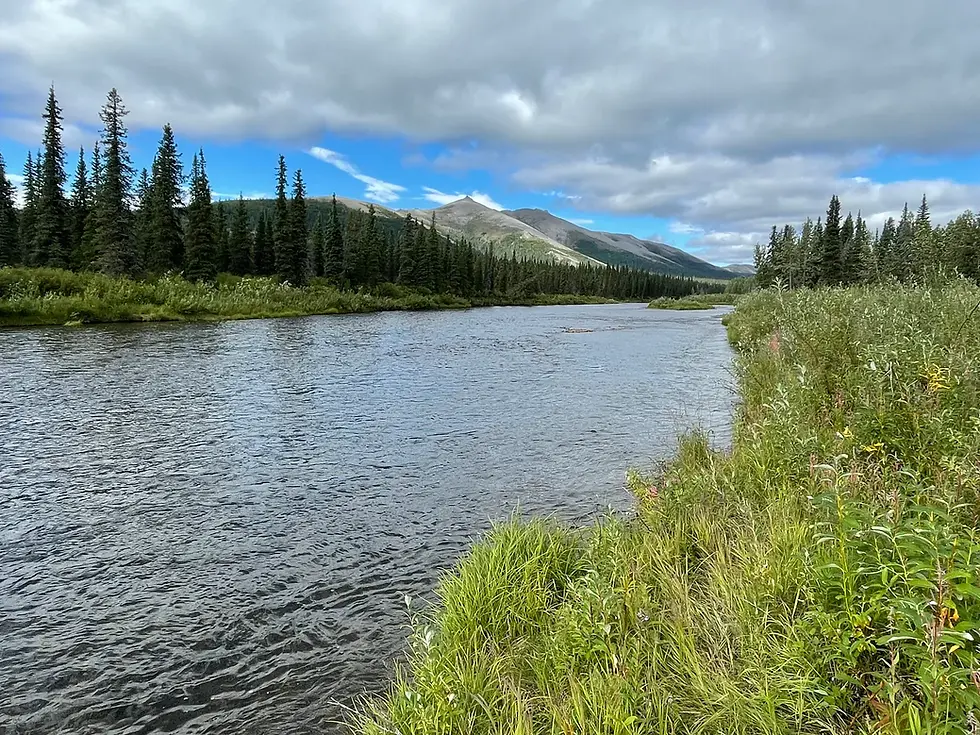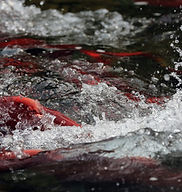Persistence of Summer Sea Ice Will Determine Which Polar Bear Populations Survive
- Norton Bay Watershed Council

- Jul 30, 2020
- 1 min read
July 31, 2020

Polar bear survival depends on year-round sea ice which provides the platform from which they hunt, den, and travel. As northern oceans warm, the Earth’s populations of these apex bears will decline concurrent with the loss of summer ice, according to a study recently published in the journal Nature Climate Change. The study evaluates projected levels of ice melt and open water based on current rates of carbon emissions and known rates of time nursing bears can forego food and still successfully rear their young. Reproductive rates for bears due to dwindling marine food supply will first impact the Barents Sea and Southern Hudson Bay populations, and soon thereafter, bears in the Southern Beaufort Sea. Already, the Southern Beaufort Sea population has declined as much as 50 percent in recent years.
Bears in the Chukchi Sea, which lies over the continental shelf and is highly productive, will hang on longer, until ice no longer persists through the summer months. Ultimately, unless carbon emissions are curtained and climate warming is abated, only the Queen Elizabeth Islands bears in the Canadian Arctic Archipelago, where multi-year ice is still regenerative, will remain healthy enough to reproduce and rear their young.
In a recent effort to mitigate impacts to polar bears in the Arctic National Wildlife Refuge, a bill before Congress would create a one-mile buffer around polar bear denning habitat. The Polar Bear Cub Survival Act is intended to increase protection for bears. Current protection measures only pertain only to known polar bear dens.








Comments